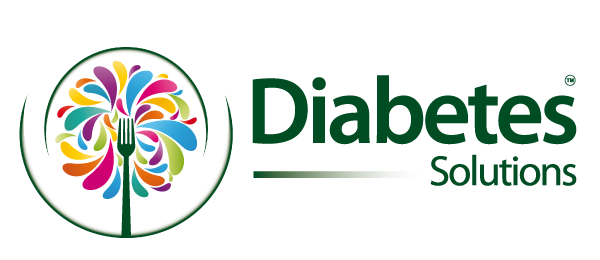Homeostasis (the process by which we maintain an internal stability, or balance, on our bodily systems) is absolutely critical for good health in every way. Many systems of the body depend on Homeostasis to help them to function properly and to mitigate the risk of disease and illness, and your cardiovascular system is no exception.
During the course of a typical day, when we eat and drink our blood sugars tend to increase, and when we have gone without food for a while they can drop.
There is a ‘Goldilocks’ zone that your body will always try to get back to as soon as possible after eating or , and in the case of those without Diabetes (either Type 1 or Type 2), that range is between 4 and 6mmol/l. That is the sweet (no pun intended) spot, and that represents a healthy blood glucose range.
Likewise, if you haven’t eaten for some time and your blood sugars start to dip into the low 4’s or even in to the high 3’s, your body has a system in place to bring them backup.
The hormones Insulin (bringing blood sugars down) and Glucagon (pushing blood sugars up) play a major role in the regulation of blood glucose levels and work hand in hand with each other – for more information on Insulin, click here.
Understanding that Insulin is responsible for bringing elevated blood sugars down leads us nicely on to the topic of Insulin Resistance – or what happens when Insulin isn’t working quite as it should.
Insulin is a hormone, a chemical signaller that instructs your body cells to take from the blood the glucose that they need to function properly. In simple terms, there is a locked door on each cell, through which door glucose needs to pass through to be used by that cell. Insulin is the key to that door.
So why aren’t the doors opening properly (or at all)?
This is known as Insulin Resistance – where the body’s cells no longer respond to Insulin in the way they should.
The cells have become less responsive for one of the following reasons:
- ‘the boy that cried wolf’ – this is where SO much Insulin has been pumped into the bloodstream over the years, often as a result of poor diet and lifestyle choices, that the cells simply aren’t hearing Insulin knocking at their door)
- gummed up locks – there can be so much fat in the bloodstream that the Insulin key cannot even get in to the lock
- Mr P is just exhausted – the Pancreas works hard behind the scenes to produce the Insulin needs to keep blood sugars in check. Over time, and through poor dietary choices, the Pancreas has tried to keep up with the sheer amounts of sugar and simple carbohydrates by producing ever increasing amounts of Insulin, and now is unable to keep up with the demand, or is becoming exhausted by the effort.
Whichever the cause, the result is the same – the beginning of uncontrolled elevated blood sugar levels, and the onset of pre-diabetes/Type 2 Diabetes.
Whilst Insulin resistance can, in some cases, ‘just happen’ (sometimes through aging or injury) there are a number of proven lifestyle and dietary habits that significantly increase the risk – including a diet full of simple carbs and sugars, a lack of regular physical exercise, and being overweight/obese.
Insulin resistance leads on to Type 2 Diabetes if unchecked, and can also contribute to other health issues including high cholesterol, high blood pressure and increased risk of cardiovascular disease and heart attack/stroke.





